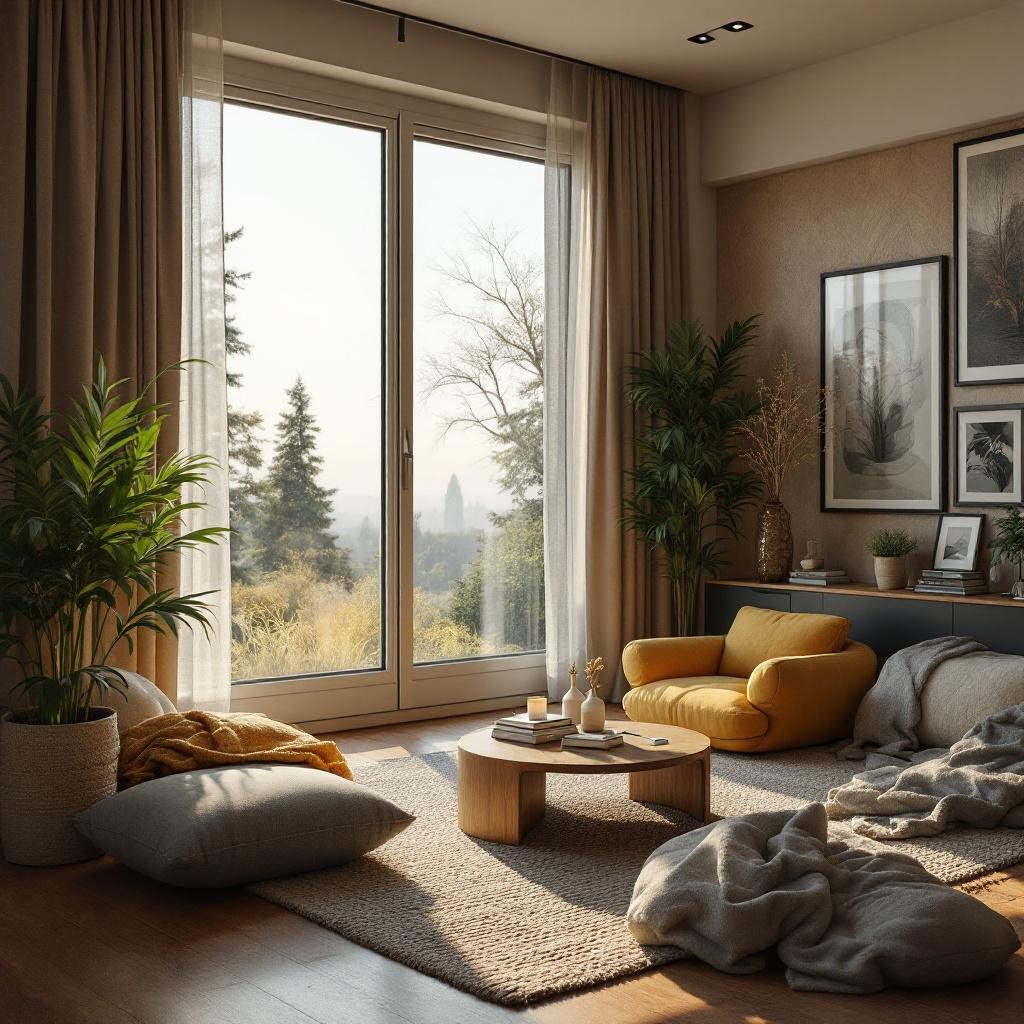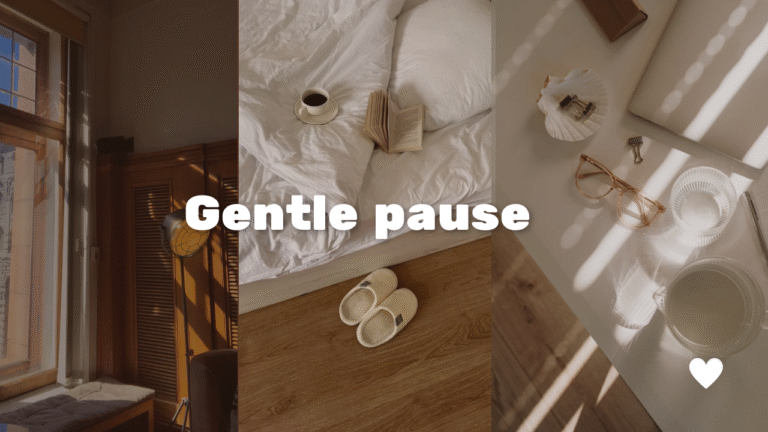In a world that never seems to slow down, calm has become a rare luxury. The constant noise of notifications, deadlines, and digital overload often leaves us drained before the day has even begun. Yet, quietly and steadily, a counter-movement has been taking root: Calm Living.
This trend isn’t about chasing perfection or retreating into silence. It’s about finding balance in everyday life, simplifying our surroundings, and cultivating moments that ground us. In 2025, “Calm Living” isn’t just a fleeting aesthetic. It’s a lifestyle shift that’s gaining traction across generations, from Gen Z students to working professionals and families.
Let’s explore why calm living is more than just a buzzword, why it’s trending right now, and how it’s transforming the way we live.
What Is Calm Living?
At its core, calm living is about intentionality. It means making deliberate choices that prioritize peace, clarity, and mindfulness over chaos and excess. Unlike minimalism which often focuses on removing and owning less, calm living focuses on creating more of the right kind of moments.
It’s the decision to light a candle and read before bed instead of scrolling endlessly on a phone. It’s arranging your workspace with soft lighting, plants, and a cup of tea, so work feels less like a battle and more like a flow. It’s about enjoying mornings without rushing, creating cozy corners in your home, and treating yourself with gentleness instead of pressure.
Why Calm Living Is Trending Now
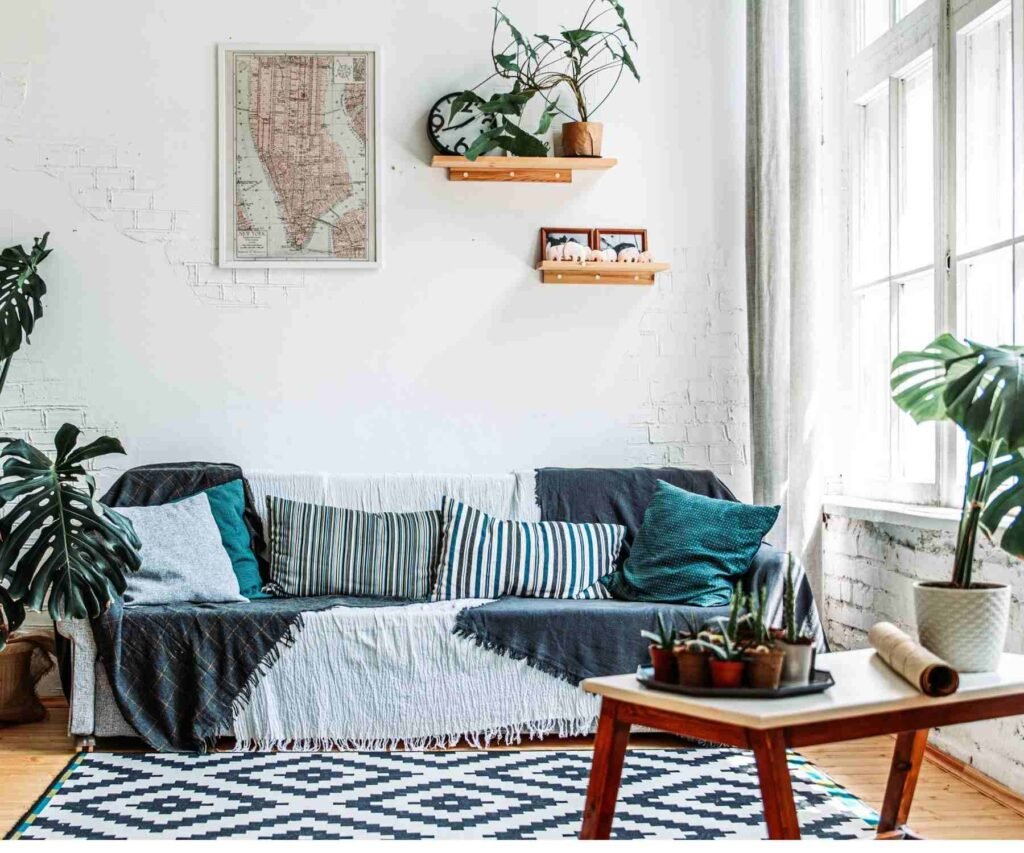
The Mental Health Wake-Up Call
The past few years have made mental well-being a global priority. As stress, burnout, and anxiety continue to rise, people are realizing that small, everyday practices can be the antidote. Calm living provides an accessible way to weave mental health into daily routines.
The Influence of Social Media
Platforms like Pinterest and TikTok are flooded with visuals of cozy homes, soft lighting, and serene workspaces. Hashtags like #CalmLiving, #CozyAesthetic, and #SoftLife have turned this lifestyle into a mainstream aspiration. Social media has shown people that a calmer, gentler life doesn’t just look good it feels good.
The Shift From Owning to Experiencing
Consumers are slowly moving away from material excess. Instead of endless shopping, people are investing in experiences, wellness, and home environments that nurture them. Calm living aligns perfectly with this cultural reset, it emphasizes fewer but more meaningful choices.
The Rise of Wellness Culture
From yoga studios to meditation apps, wellness has become a trillion-dollar industry. Calm living is the lifestyle expression of that trend. It connects the external (calm spaces) with the internal (calm mind).
How People Are Practicing Calm Living
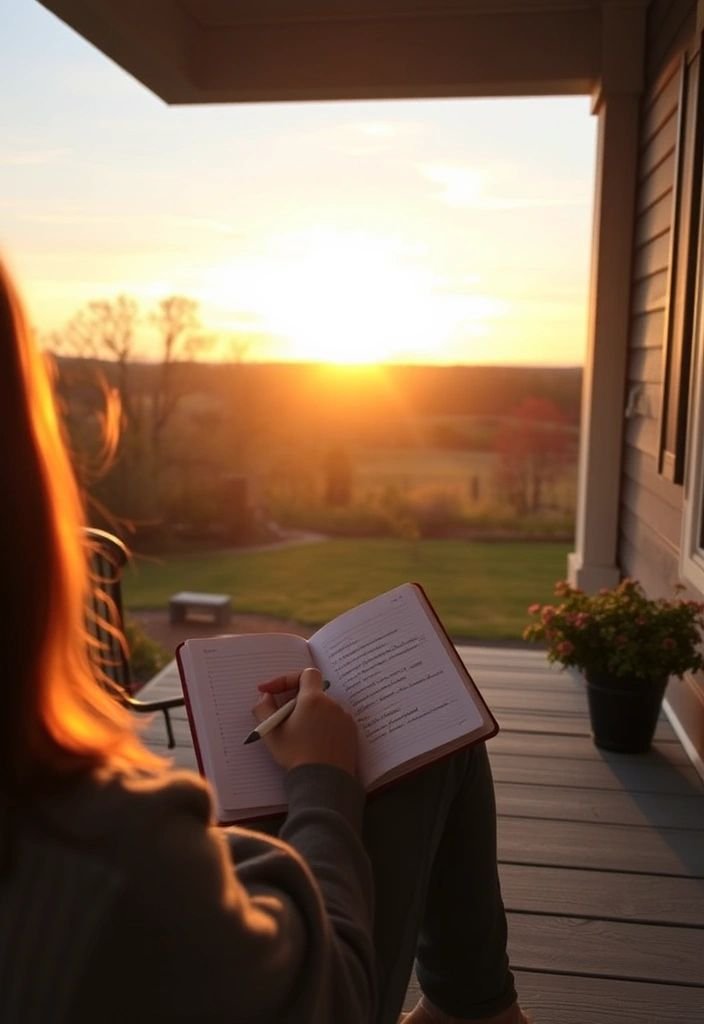
1.Simplifying Spaces
Cluttered spaces create cluttered minds. Calm living embraces decluttering not necessarily minimalism, but intentional organization. A tidy desk, a well-arranged living room, or even a simple drawer cleared of chaos can reduce stress and create flow.
2.Bringing Nature Indoors
Plants are an essential part of calm living. They not only purify air but also create a grounding connection with nature. Even faux plants, when styled thoughtfully, add warmth and life to a space.
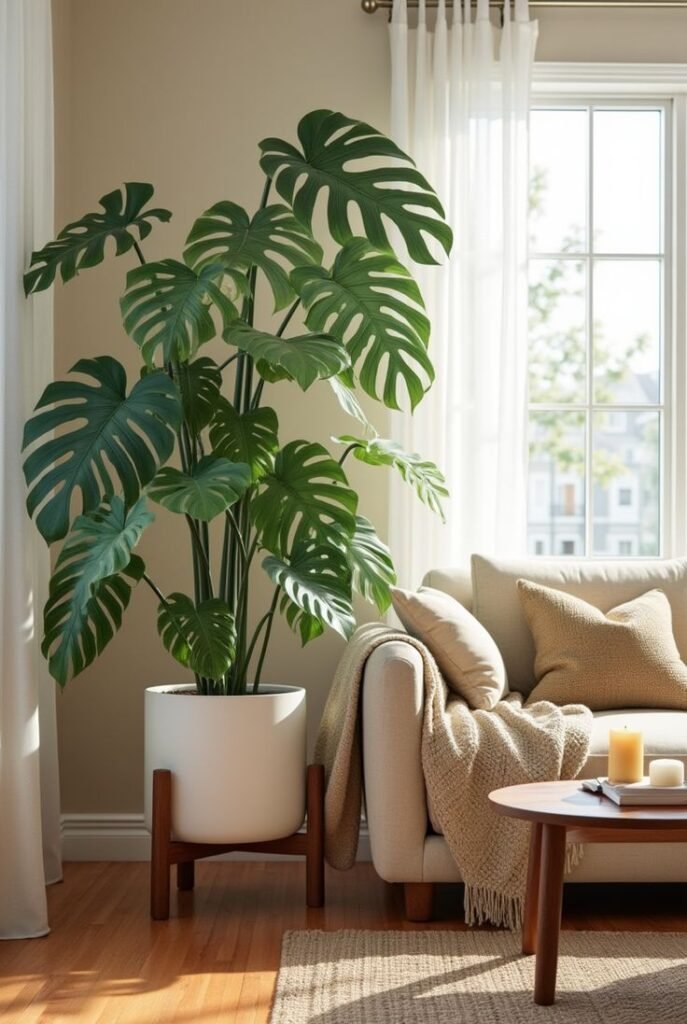
3.Practicing Digital Detox
Calm living often means setting boundaries with technology. It might look like switching off notifications, creating “no-phone zones” in bedrooms, or taking regular breaks from screens. These choices help restore presence in daily life.
4.Embracing Slow Rituals
Instead of rushing through routines, calm living encourages savoring them. A slow morning coffee, journaling, or ending the day with aromatherapy, these rituals create anchors of peace in a noisy day.
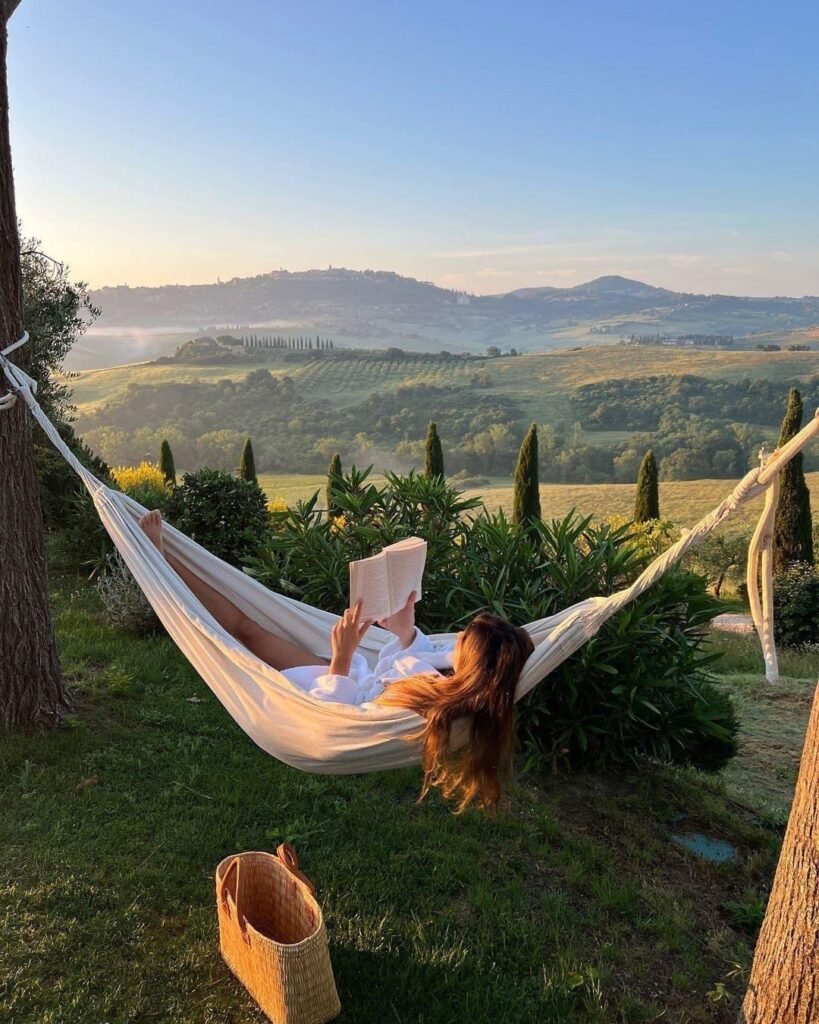
5.Choosing Mindful Purchases
Calm living doesn’t mean buying nothing, but it does mean buying with intention. People are increasingly drawn to products that are sustainable, aesthetic, and functional. From cozy lighting to calming desk accessories, purchases are made for their ability to add to well-being, not clutter.
The Benefits of Calm Living
1. Reduced Stress
Studies consistently show that intentional lifestyle practices like decluttering and mindful breathing reduce cortisol levels. Calm living offers a way to naturally lower daily stress.
2. Improved Focus
A calm space makes it easier to concentrate. That’s why calm living has become a favorite among students, creatives, and remote workers.

3. A Greater Sense of Presence
Calm living emphasizes slowing down and noticing the moment whether it’s enjoying a meal, listening to music, or just breathing deeply. This creates a life that feels more full and less rushed.
4. Stronger Connection to Home
Your home stops being just a place to sleep, it becomes a sanctuary. In calm living, homes are designed not for impressing others, but for recharging yourself.
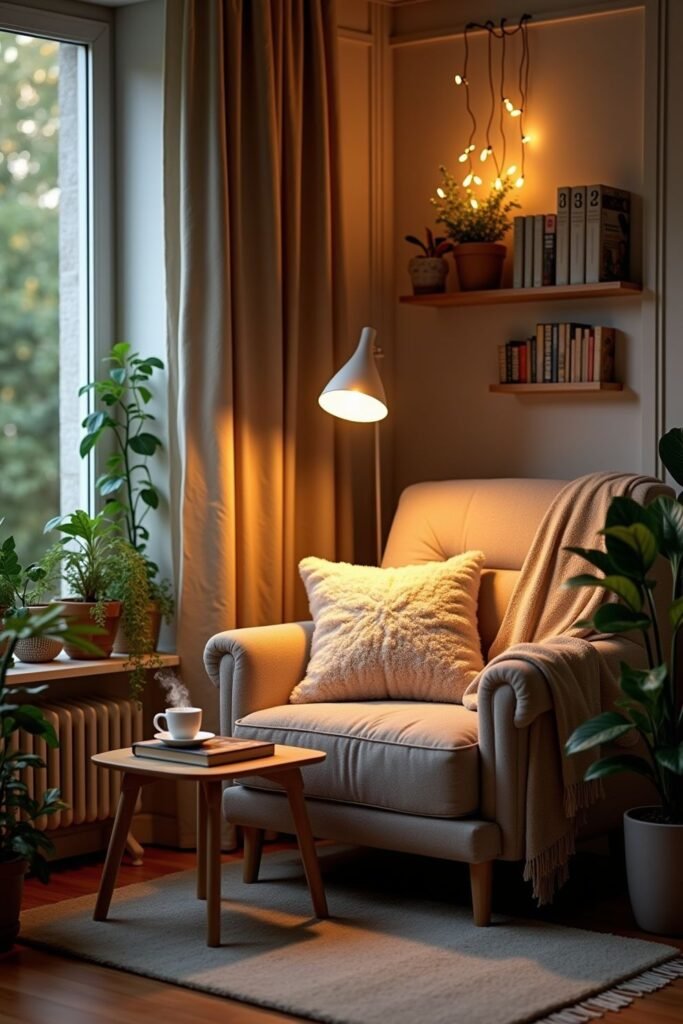
Calm Living in Different Areas of Life
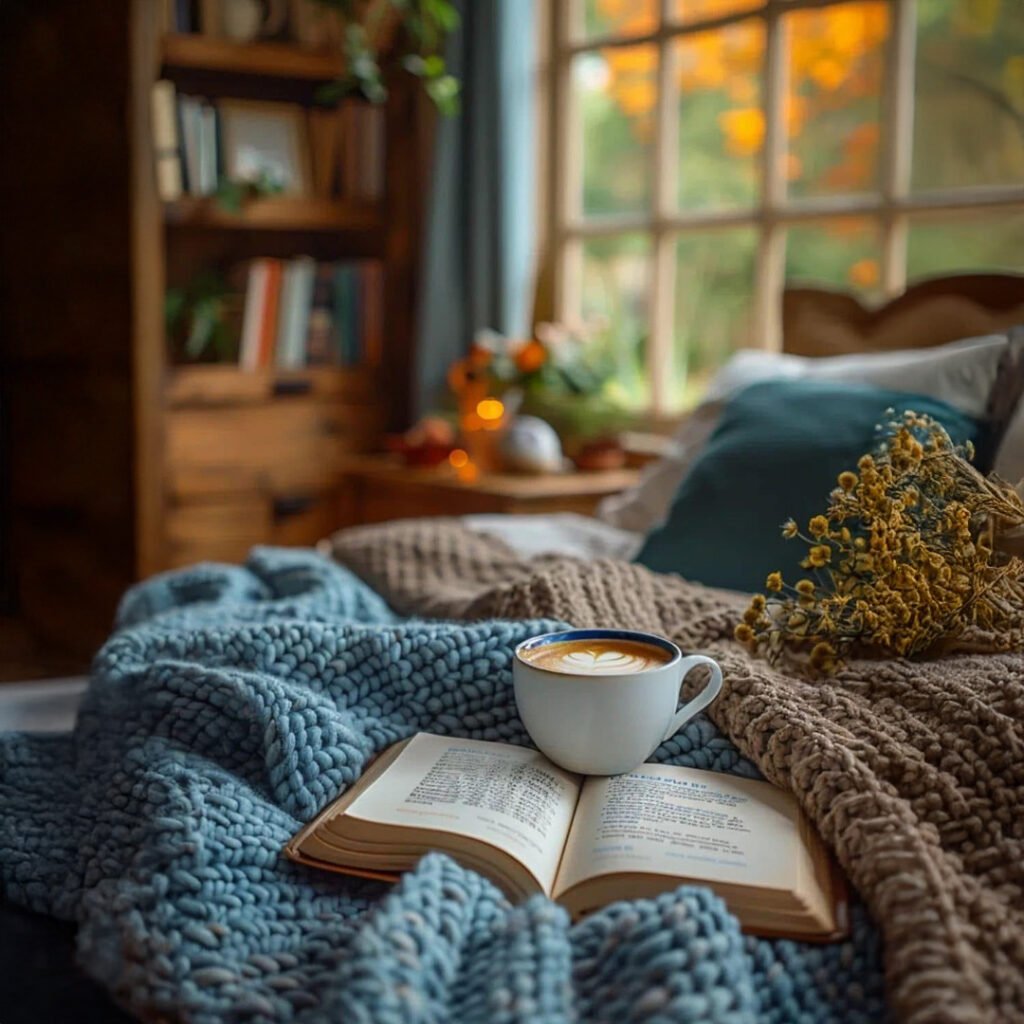
At Home
Think cozy lighting, clean spaces, and calming scents. Many people are creating “calm corners” small areas dedicated to relaxation.
At Work
Calm living shows up in desk setups with ambient lighting, plants, and accessories that reduce clutter. This makes work feel less mechanical and more intentional.
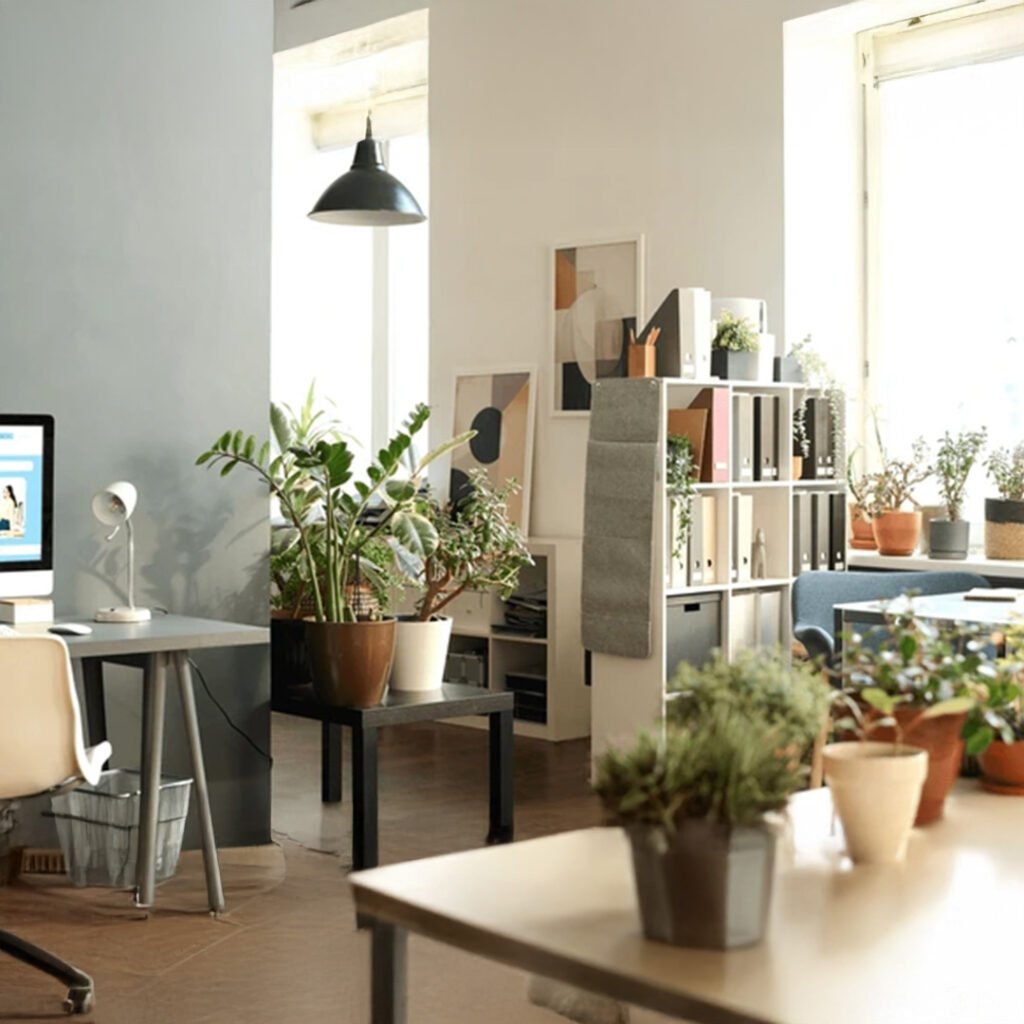

In Daily Routines
From mindful eating to evening rituals, calm living transforms ordinary tasks into grounding practices.
In Social Life
Calm living also means choosing relationships and gatherings that nurture rather than drain. It’s about being intentional with people as well as spaces.

The difference
Calm Living vs. Minimalism vs. Wellness
It’s easy to confuse these movements, but calm living is distinct:
• Minimalism is about having less.
• Wellness is about improving health.
• Calm Living is about creating peace.
It doesn’t reject possessions but curates them. It doesn’t chase health perfection but emphasizes balance. It’s a lifestyle that blends minimalism and wellness into something softer and more personal.
Learn
How to Start Living Calmly
• Declutter one small space in your home.
• Add one calming ritual to your morning or evening.
• Introduce a calming element like a plant, diffuser, or soft light to your daily environment.
• Set one daily boundary with technology.
• Spend a few minutes each day in silence or reflection.
Calm living doesn’t have to be an overhaul. It begins with small shifts that ripple into every aspect of life.
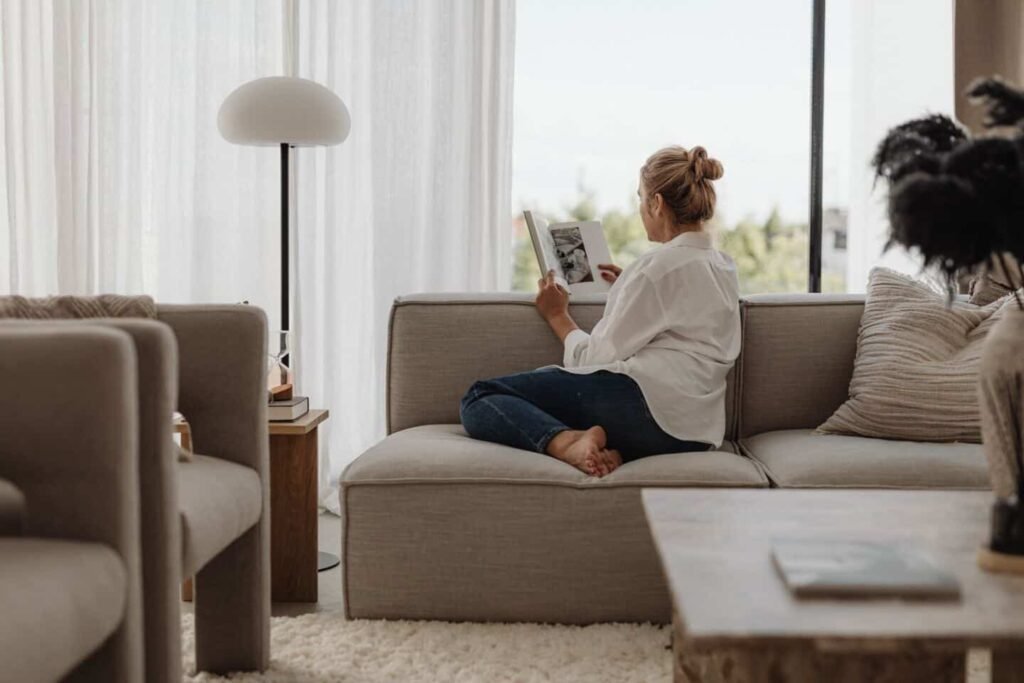
Conclusion
A Movement Toward Peace
The world isn’t slowing down but we can. Calm living is proof that peace isn’t something we wait for, it’s something we create. It’s a lifestyle of choices – small, intentional, and meaningful that help us breathe a little deeper, think a little clearer, and live a little lighter.
In 2025, calm living is more than a trend. It’s a response to chaos, a celebration of slowness, and a reminder that joy doesn’t come from rushing, it comes from savoring.
So the question isn’t why calm living is trending. The question is: when will you let a little more calm in?

